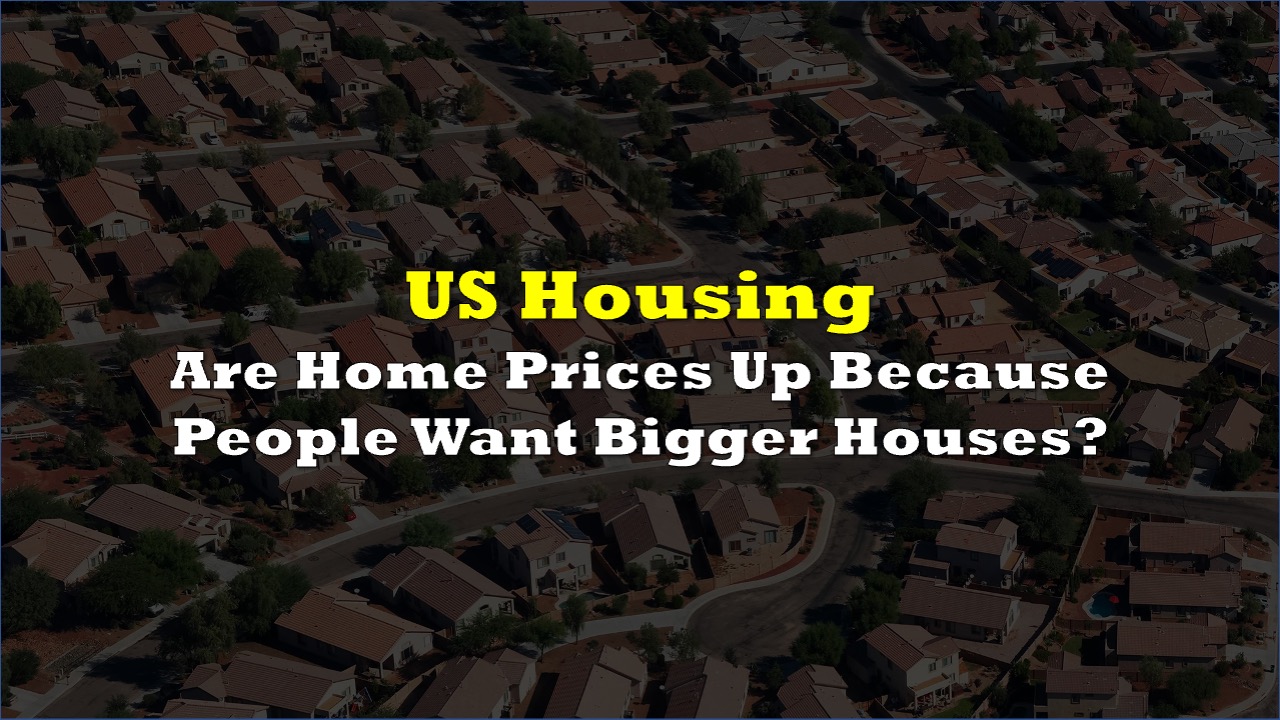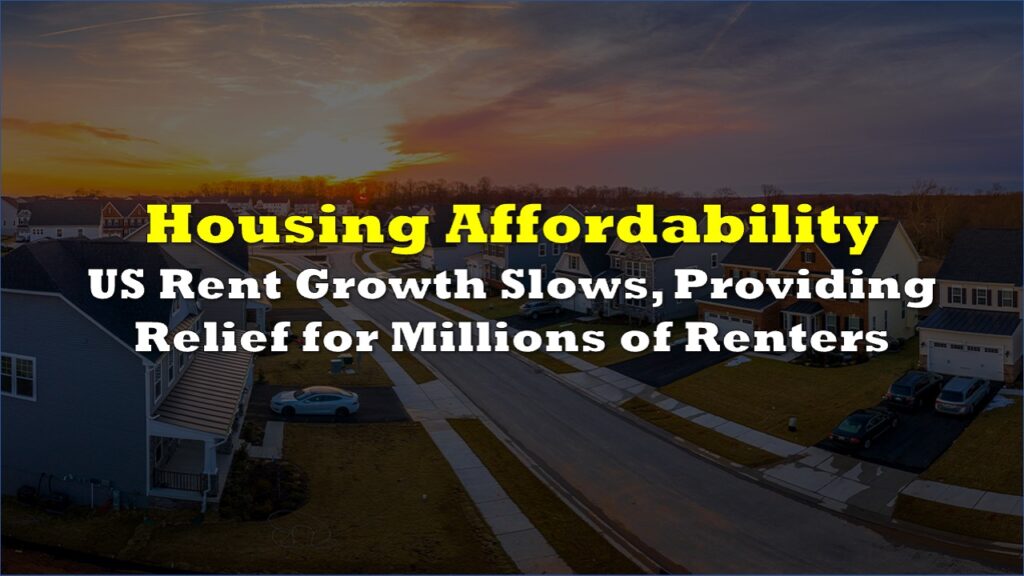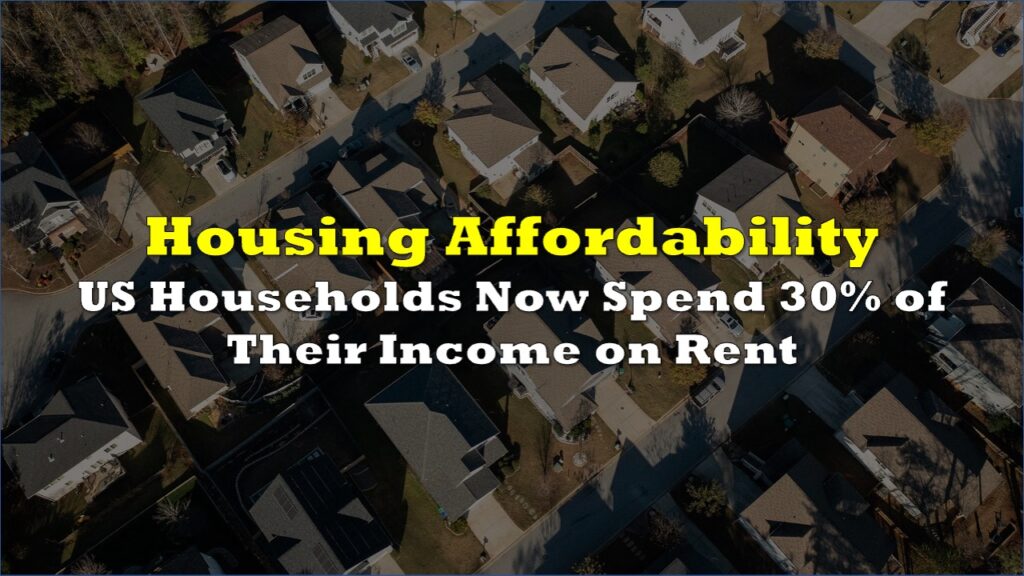The surge in home prices over the past several decades is often attributed to various factors, from economic policies to political administrations. However, a crucial element contributing to this issue lies in the significant increase in the size of homes.
Spectra Markets president Brent Donnelly points out figures showing that today’s homes are approximately 2.5 times larger than their counterparts in 1950.
People like to rage about higher home prices and blame the Fed and WEF or Biden or Obama or GWB etc.
— ʎllǝuuop ʇuǝɹq (@donnelly_brent) September 24, 2023
A significant part of the problem is that homes are 2.5x bigger than they used to be.
This simple equation:
Home prices in 1950 plus inflation X size of average home in… pic.twitter.com/GpTgQ3Ymzj
This phenomenon can be explained through a simple equation, Donnelly says. The home prices in 1950, adjusted for inflation, multiplied by the size of the average home in square feet. This equation illuminates that a substantial portion of the price surge since 1950 can be directly linked to the ever-expanding dimensions of American homes.
In the 1950s, the average overall size of a home was only 983 square feet — enough to fit a household size of 3.37 people, or 292 square feet per person. By 2020, the average home has expanded to 2,484 square feet, 158% larger than seven decades ago.
As Donelly says, building more modestly sized homes could potentially provide a step towards a solution to the housing crisis, although consumer preference remains a crucial factor in shaping the housing landscape.
When it comes to preference, a Pew Research Center survey conducted March 27-April 2, 2023 found that 57% of Americans say they would prefer to live in a community where “houses are larger and farther apart, but schools, stores and restaurants are several miles away” versus 42% that would prefer a community where “houses are smaller and closer to each other, but schools, stores and restaurants are within walking distance.”
With the persistent shortage, houses are just about to get more expensive
The trajectory of home prices in the US is expected to continue its upward trend into 2024, according to several real estate research firms, including Freddie Mac, Zillow, and the National Association of Realtors (NAR).
Potential buyers may have to soon settle for less space because the persistent price increase is primarily attributed to a chronic shortage of available homes to meet the growing demand, causing prices to be pushed higher.
Lawrence Yun, NAR’s chief economist, emphasized this supply-demand imbalance in a recent report, stating that there are just too few homes for too many buyers. They expect home prices to go up by 2.6% in 2024.
Various forecasts predict different scenarios for 2024. Zillow forecasts a 6.5% increase in home values from July 2023 to July 2024, while Freddie Mac anticipates a 0.8% rise between August 2023 and August 2024, followed by another 0.9% gain in the subsequent year, partly due to a surge in Millennial first-time homebuyers.
Information for this story was found via X, Pew Research Center, CNBC, and the sources and companies mentioned. The author has no securities or affiliations related to the organizations discussed. Not a recommendation to buy or sell. Always do additional research and consult a professional before purchasing a security. The author holds no licenses.









